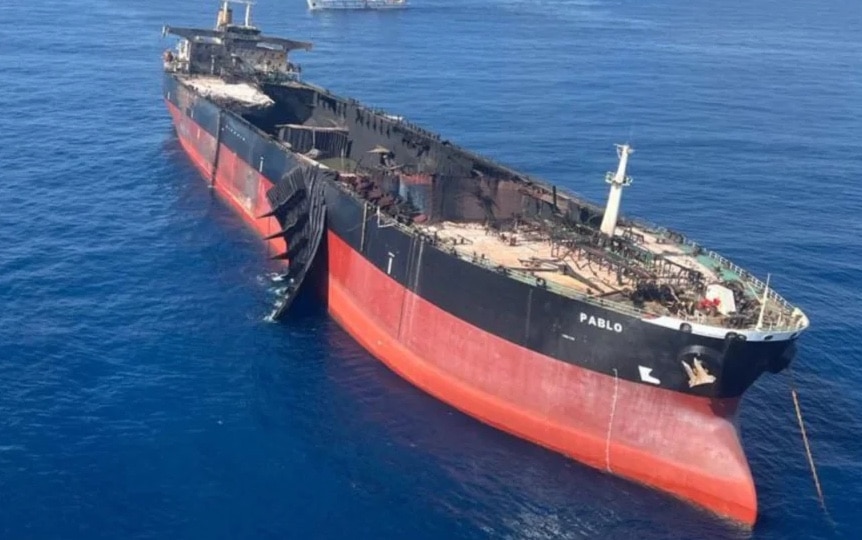Concerns Rise Over Shadow Fleet of Sanctioned Vessels

The maritime industry is facing a growing crisis as the number of vessels affected by sanctions has now exceeded 1,000. According to data from S&P Global Market Intelligence, over 800 of these ships lack confirmed insurance. This alarming trend raises significant concerns about the potential for environmental disasters, especially given that the average age of these sanctioned vessels is 21 years—eight years older than the global average. As the so-called shadow fleet continues to expand, experts warn that the risks associated with these aging ships could lead to catastrophic incidents at sea.
The Growing Shadow Fleet
Despite a slowdown in growth, the shadow fleet is still increasing at a rate of approximately 10 tankers per month, as reported by brokers at BRS. This fleet primarily consists of older vessels that are often used to transport oil from sanctioned countries like Iran, Venezuela, and Russia. In fact, nearly two-thirds of vintage tankers were found to be carrying cargoes from these nations last year, according to estimates from broker Gibson. The implications of this trend are troubling, as these older ships are more prone to accidents and environmental hazards.
Global insurer Allianz highlighted the issue in its 2024 shipping report, noting that, despite efforts to crack down on these vessels, the number of tankers in the shadow fleet continues to rise. The report also pointed out a concerning increase in incidents involving groundings and collisions. These incidents not only pose risks to the vessels themselves but also threaten marine ecosystems and coastal communities. As the shadow fleet grows, so does the urgency for regulatory bodies to take action to mitigate these risks.
International Efforts to Address the Crisis
In response to the growing threat posed by the shadow fleet, the UK has collaborated with several northern European countries to scrutinize the insurance coverage of vessels traveling from Russia through the Baltic Sea and the English Channel. The Danish government has been at the forefront of these discussions, exploring ways to restrict the movement of Russia’s shadow fleet in the Baltic Sea. This initiative gained momentum following a collision involving a laden Russian shadow tanker in March of last year, which underscored the urgent need for action.
Currently, around 175 tankers carrying Russian oil navigate the Baltic Sea each month, with approximately one-third of these vessels lacking verified insurance. Craig Kennedy, who operates the Navigating Russia substack, has proposed implementing an insurance verification program in the Baltic. He suggests that if successful, a similar program could be established in the Aegean Sea. Such measures could significantly limit Russia’s ability to utilize shadow tankers for transporting oil, potentially forcing the country to rely on mainstream tankers. This shift would increase the exposure of Russia’s export revenues to price cap constraints, thereby impacting its oil trade.
The situation remains fluid, and the international community must act swiftly to address the challenges posed by the shadow fleet. Without decisive action, the risks of environmental catastrophes and maritime accidents will only continue to grow.
